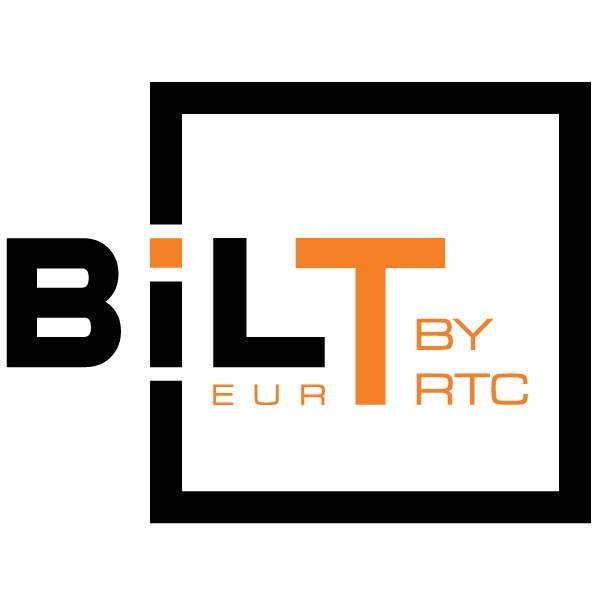Engineering, Machine Learning and the Future for the Industry
One of the most controversial topics over the last couple of years among structural engineers, is if they could be replaced or not by machines

We talk about Artificial Intelligence as being the next great disseminator of information in tomorrow’s world, but we seem to skip the part on how we gather the information. We are seeing web browsers recommending products to purchase, smart cars starting to drive themselves, and auto-correct putting words into our messages that don’t even make sense. The design industry is influenced so much by personal experiences and emotions, that trying to translate that factor into a simple on/off algorithm might appear to be next to impossible.
One of the most controversial topics over the last couple of years among structural engineers, is if they could be replaced or not by machines. Will structural engineers will become scientists or managers instead of practitioners? Is it possible for Structural Eurocodes to be automated or not, given many of their clauses are subjected to interpretation, unlike other construction codes? What will the future of the industry look like and how will this impact not only current workflows, but also future education? When looking at these issues facing the industry, we decided to ask expert Sonny Andalis, who will also be speaking at this year’s BILT Europe in Ljubljana, Slovenia from 11-13 October.
Sonny is an experienced Structural Engineer, who although has been working as a BIM manager for the last couple of years, he has a background in automating structural design checks according to the Eurocodes. He currently works as the BIM Manager for AECOM’s Singapore Transport Division, and is also a lecturer at the Singapore National University, teaching BIM to our future, rising generation, so he has a unique perspective not only on current industry trends, but he also has a glimpse into the rise of future technology.
Who are you – tell us what you do and what is interesting about it and help us to get to know you a little bit better (I.e. what got you excited last Wednesday?)
I’m currently the BIM Manager for AECOM Singapore Transport Division. I’m a civil engineer by profession with a professional focus on Transport Engineering. I’m currently working on the Kuala Lumpur – Singapore High Speed Rail and Changi Airport Terminal 5.
What’s interesting to you outside of work? What do you do for fun?
I’m pursuing my Master degree in Civil Engineering and I’m into baking – more specifically bread. I’m also an F1 race official for Australian, British, and Singapore Grand Prix. Last January I hiked Mt Kilimanjaro in Tanzania and participated in Club Crew World Championships in dragon boat.
With your background and work in developing codes and standards particularly in Eurocodes and with the government in ASIA, what do you see as the most challenging side of this and what advice/insights do you have for the application of codes and BIM standardization in Europe?
In Asia, the government leads the way in BIM adoption as it is mandated for regulatory submissions. The key in BIM adoption is getting the buy in from the supply chain (consultants and contractors). When we write BIM guidelines we also consult the industry. We always ask ourselves, what is the point of writing a good recipe which will not be followed by most cooks? The industry must also be given the freedom of choice in BIM authoring tools to use and avoid writing prescriptive guidelines and instead advocate performance-based criteria’s instead.
We are seeing an explosion in the industry on research and development in the use of Artificial Intelligence, Machine learning and big data in the construction industry. What impact do you think this will have on the industry in the future particularly on education and job stability? Will we see further automation of codes and standards and will this change our job functions and work environment?
Construction is constantly changing and we have to adopt with technology innovation sweeping the industry. AI, machine learning and big data will definitely disrupt our industry, but we should embrace it rather than treat them as a threat. The traditional roles of architects and engineers are here to stay as you cannot replace creativity and engineering judgement with any form of technology advancement. We always say it is better for engineers to learn BIM than teach software vendors engineering or architecture. Singapore is on the path to create assisted and automated code checking which will reduce peer review tune and regulatory approvals. Technology is our friend so that we can focus on more important things.
Tell us a little about your sessions at this year’s BILT Europe– what was the motivation behind them and why should delegates attend? Who are you hoping to reach with your sessions and why these people in particular? What are you hoping delegates will gain from attending your sessions?
I have 2 sessions, first is the Evolution of BIM Execution Plans (BEPs) which intends to look at how BEPs evolve around the world and how they respond to government regulations, client Employer Information Requirements and the increment technology innovation of different BIM authoring tools. It will discuss the subtle differences between building and infrastructure projects. The second session is about Parametric models featuring evolutionary solvers that mimic the results of traditional structural analysis engines. The presentation is meant to discuss the difference between physical and analytical models and their data exchange protocols and how computational BIM is helping to entice structural engineers to adopt and use these models in professional practice.
Our theme at BILT Europe this year is ‘Death of Disciplinary Silos and Birth of Integrated Industries’ – what does that mean to you? Is BIM and digitization breaking down old borders and hierarchies? Here is a link to the blog post if you have not read it (and would like to!): https://tinyurl.com/yceot9zp
Integration is not a new buzzword in adopting BIM. The aim is to share models within project stakeholders, however technology is just half of the solution. The right mindset and push from both the client and supply chain is the key in achieving integration.
What do you enjoy most about BILT?
I like meeting like minded people willing to share their BIM experience. The venue each year is also conducive for learning and a little R&R away from the daily grind of work.
Have you ever been to Ljubljana? If yes, what tips do you have? If not, what are you looking forward to – and maybe give us one thing you would like a tip on?
Not yet, but looking forward to seeing it. I’m also looking forward to exploring the adjacent Austria or Venice
Want to hear more? Make sure you Register Now and secure your seat in Sonny’s classes.












